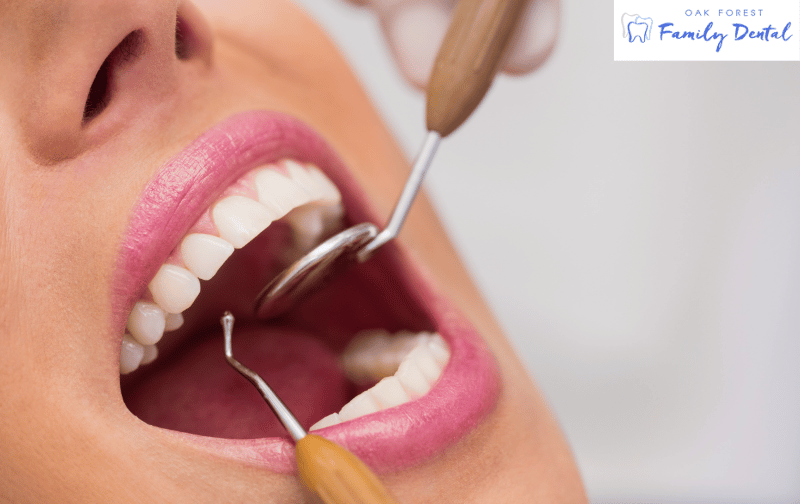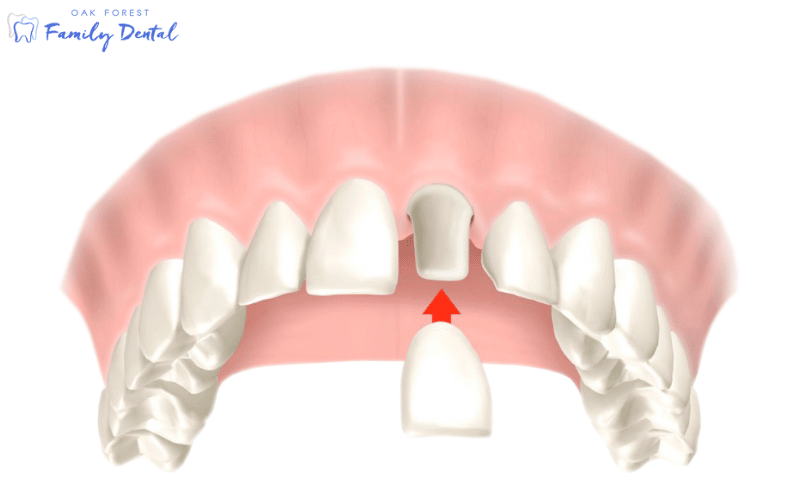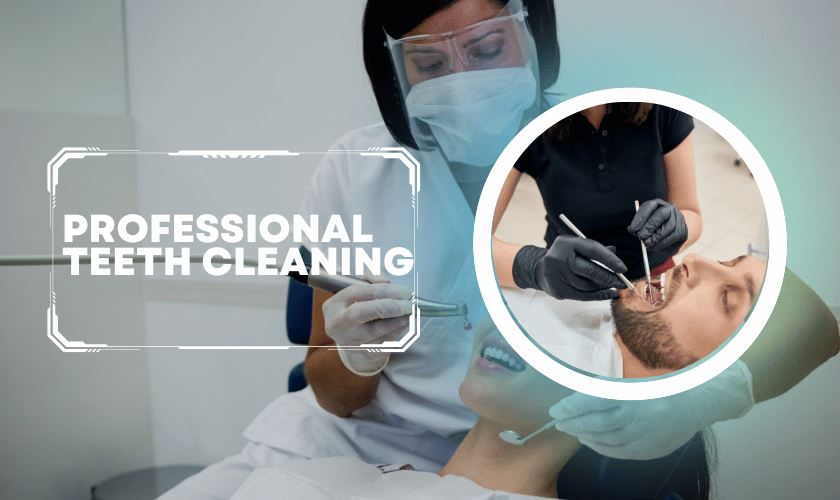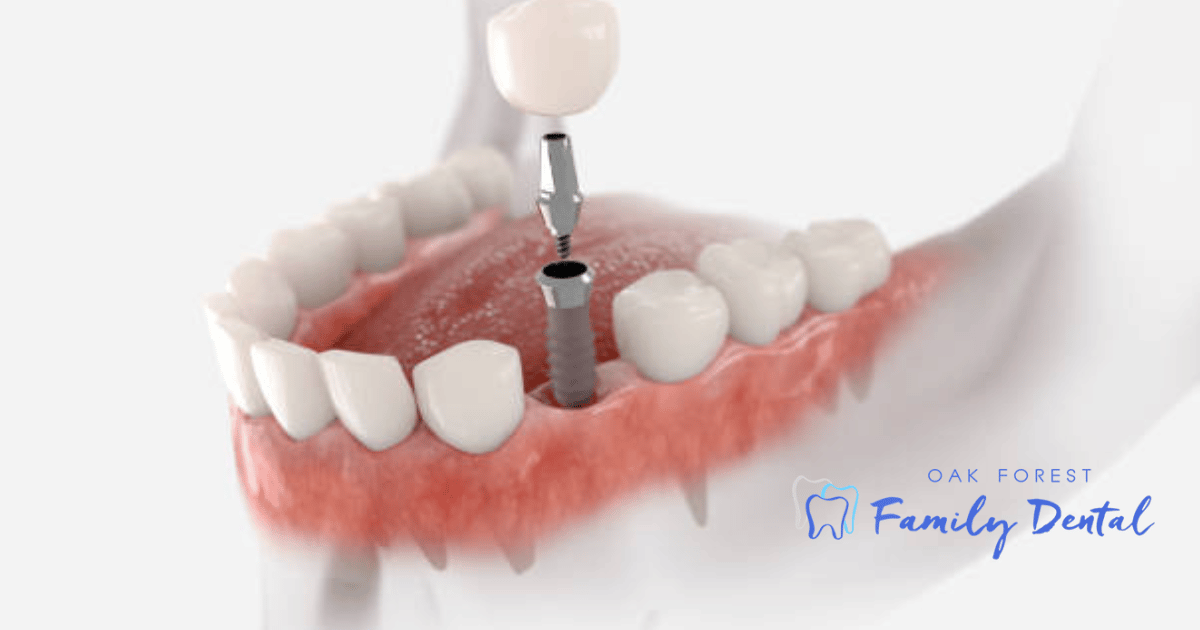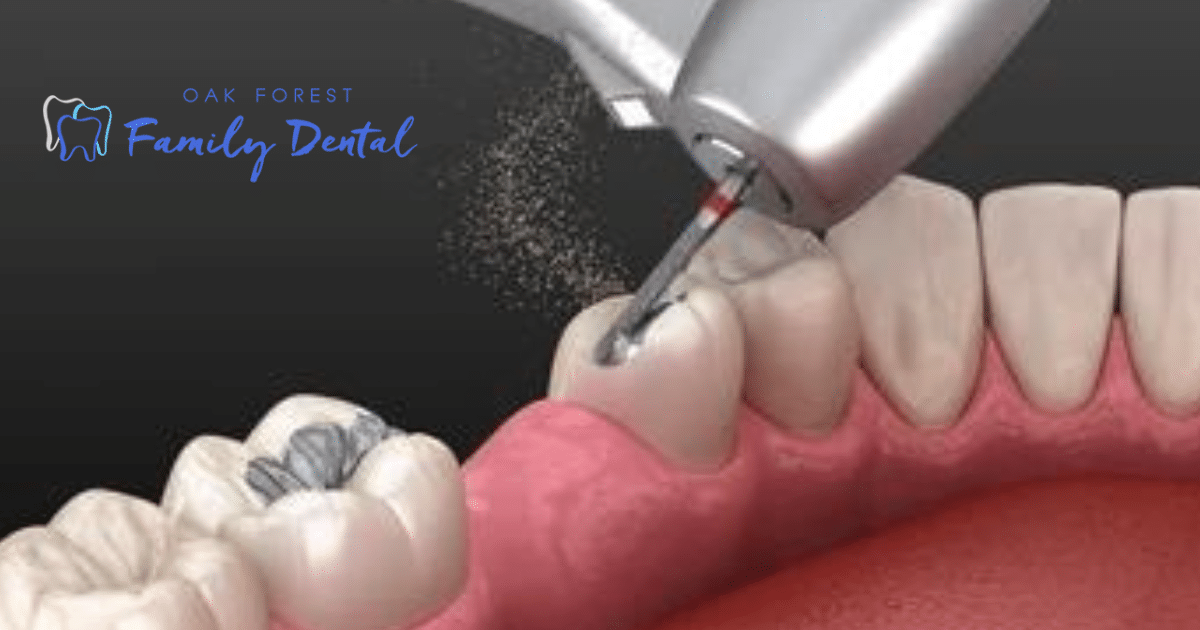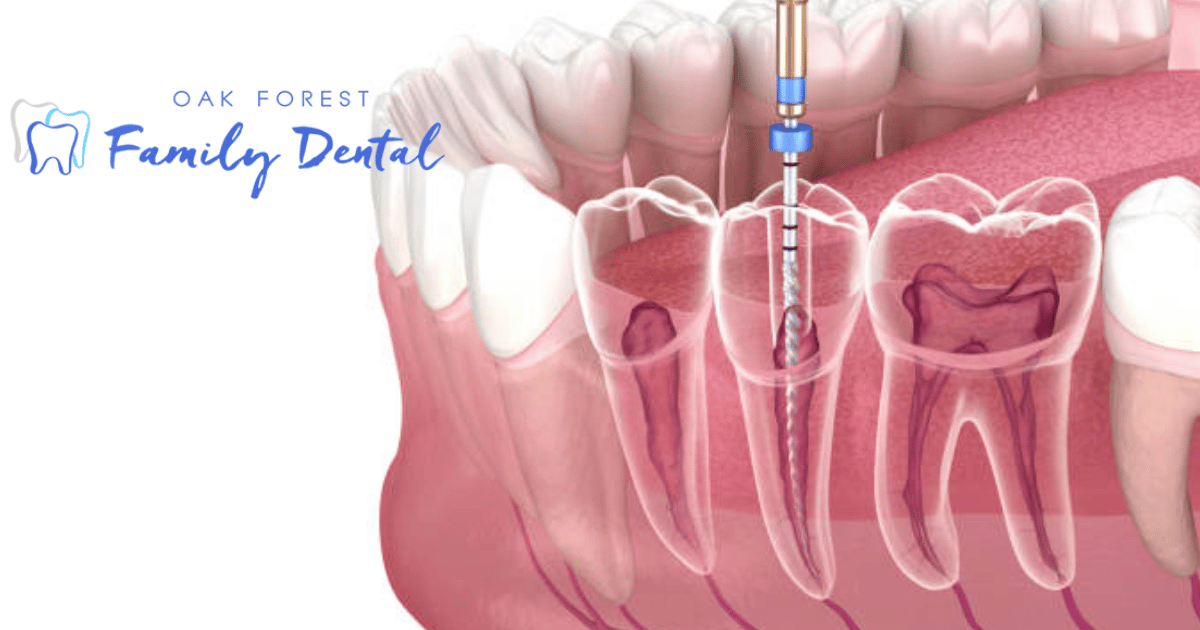Are you looking for a way to restore your natural smile? Dental crowns and bridges are two popular dental prosthetics that work together to help rebuild your teeth and jaw. These treatments are often used as an alternative when traditional fillings and implants are not suitable, or if the patient wants a more durable solution.
Read on to find out more about dental crowns and bridges, and how they work together with your dentist in Oak Forest to help you restore your natural smile.
What Are Dental Crowns & Bridges?
Dental crowns are a type of dental prosthetic used to cap or cover a damaged tooth. They can also be used to repair a broken or misshapen tooth, as well as to restore your smile’s natural appearance. Dental bridges are similar in that they provide support for missing teeth by filling any gaps and restoring the bite.
What Are Dental Crowns?
Dental crowns, also known as dental caps, are custom-made prosthetic teeth that fit over your existing tooth or implant. They provide a strong and durable covering to protect the tooth from further damage, as well as mask any imperfections.
What Are Dental Bridges?
Dental bridges are an effective way to replace missing teeth. They consist of a false tooth, usually made from ceramic or porcelain, and two crowns – one on either side. The false tooth is then secured in place by the crowns, providing support and restoring the gap left by the missing tooth.
What Is the Process for Getting Dental Crowns and Bridges?
The exact process for getting dental crowns and bridges will depend on your particular case. However, it usually involves a few trips to the dentist in Oak Forest. First, they will take an impression of your mouth to make sure the dental prosthetic is made to fit perfectly. Then, they will prepare and shape the teeth that are being covered by the crowns or bridges. Finally, they will place the prosthetic in your mouth and make any necessary adjustments.
Benefits of Dental Crowns & Bridges
Dental crowns and bridges can help to restore your smile’s natural appearance and provide a durable solution for badly damaged teeth. They also offer a number of other advantages, including:
1. Improved Bite & Functionality
They can help improve your bite by restoring the natural alignment of your teeth. This reduces any risk of further damage and allows for improved functionality when speaking or eating.
2. Durable & Long-Lasting
They are designed to be durable and long-lasting. With proper care, they can last for several years, giving you the ability to smile confidently without worrying about further damage or decay.
3. Cost-Effective Treatment
They are often more cost-effective than traditional fillings and implants, saving you money in the long run.
Conclusion
Dental crowns and bridges are a great way to restore your natural smile. They are highly durable, cost-effective, and can help improve the functionality of your teeth. If you’re looking for a way to rebuild or cover damaged teeth, then speaking to your dentist in Oak Forest about dental crowns and bridges is a great option.
FAQs:
1. How long do dental crowns and bridges last?
With proper care, dental crowns and bridges can last for several years. However, regular checkups with your dentist will help ensure that the prosthetics remain in good condition.
2. What is the best material for dental crowns and bridges?
The best material for dental crowns and bridges will depend on your individual needs. Porcelain is usually considered to be the most natural-looking and durable option, but other materials such as metal or composite can also be used.
3. Are dental crowns and bridges covered by insurance?
It depends on your individual insurance plan. In some cases, dental crowns and bridges may be covered in part or in full depending on the type of coverage you have. Speak to your provider for more information.


